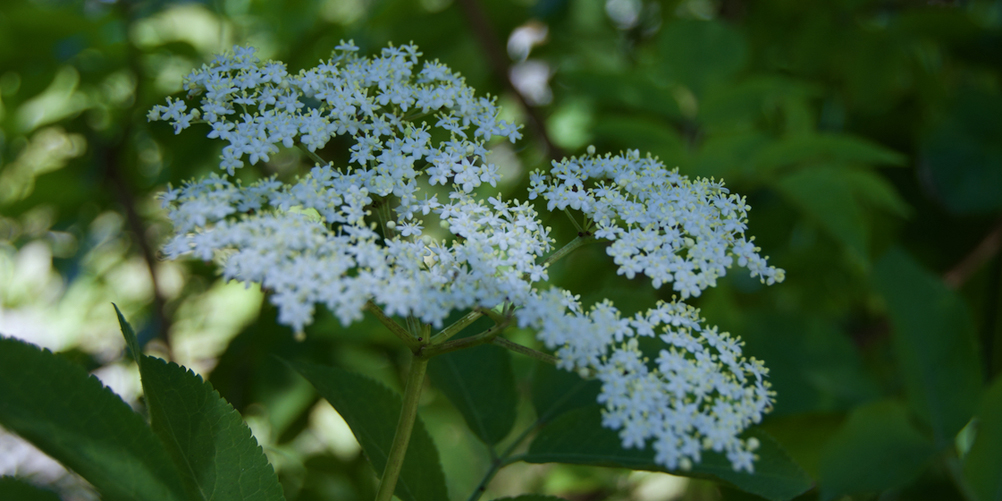
The power of the elder
As the frothy heads of elder blossom start to appear in fields and hedgerows, it’s a good time to remember that these trees were once held in awe. No one would cut one down or even lop a branch without first asking the Elder Mother’s permission; but it was worth persevering, as the tree was believed to protect against all kinds of ill-fortune and disease.
I must have passed by hundreds of elders before I actually stopped to notice one that was growing in the boundary wall of Temple Wood stone circle, the winter before last. Its trunk was marvellously furrowed and gnarled, and the whole tree was hunched over like a wizened crone, stretching thin, fleshless fingers towards the stone circle. I was stopped by its presence, although I didn’t know what species it was; and then I saw that it was wearing strips of cloth and ribbon, votive offerings from former visitors who had obviously recognised its magic.
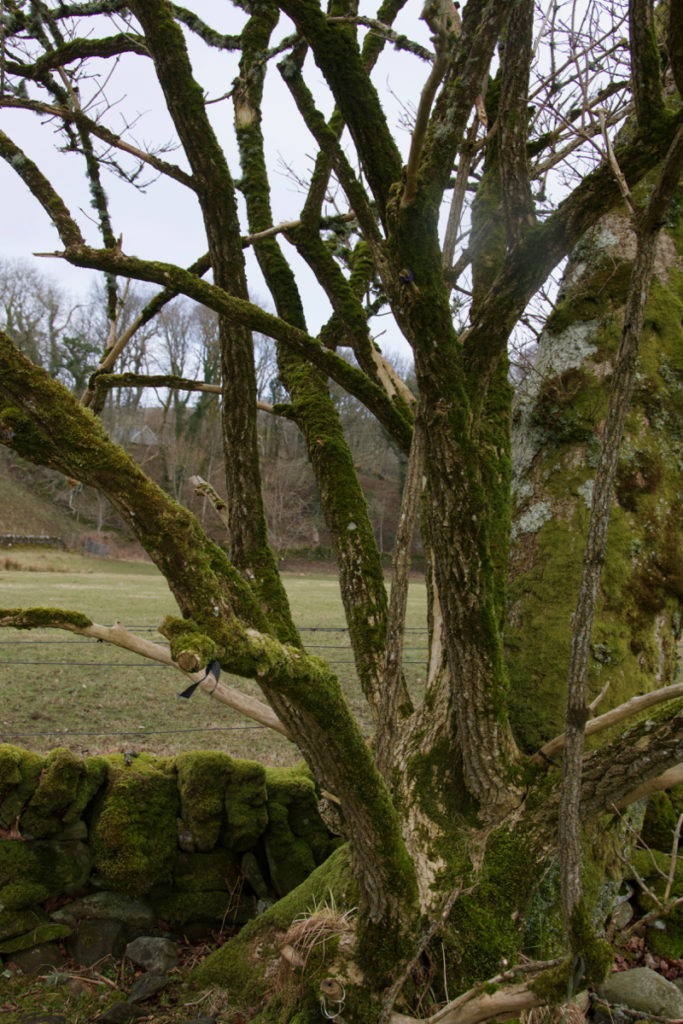
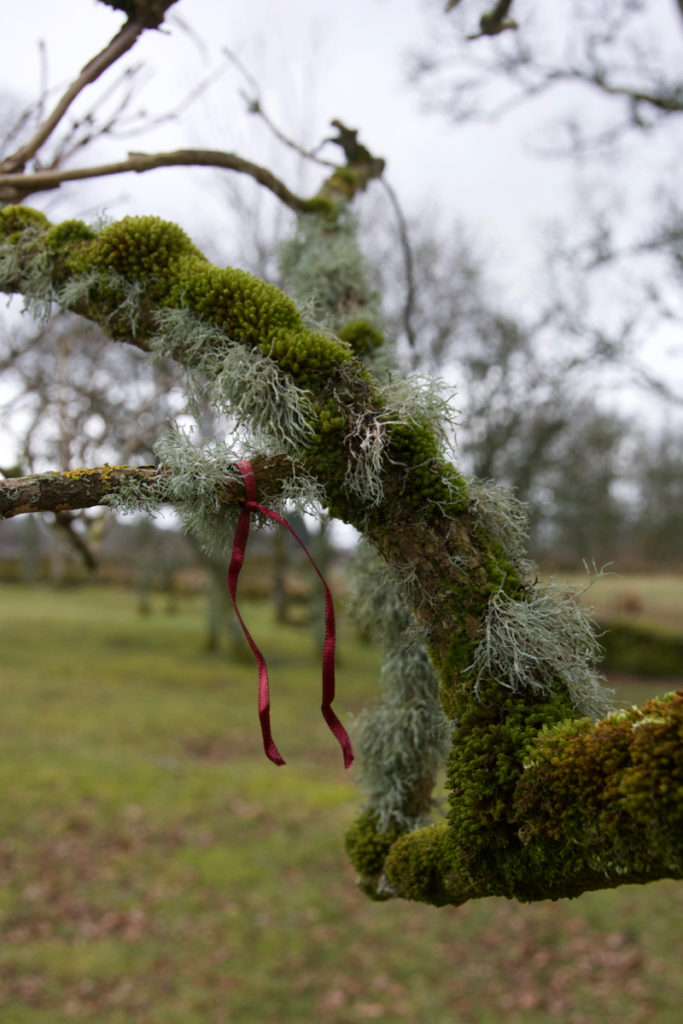 A few weeks later, while looking for the Rock of the Dead on the shore of Loch Feochain, I came face to face with another elder, standing gaunt but more upright in another stone wall. Despite the bitter wind, she was bravely putting forth her first leaves, in which the tight clusters of pearl-like flower buds were already visible. And on a boggy hillside in Ardnamurchan, where a Neolithic burial chamber known as Greadal Fhinn is linked in folklore to a Viking warrior, I came across a third, this one with magnificent attitude and sporting a whole colony of weirdly flesh-like purple fungi known as Judas’ ear.
A few weeks later, while looking for the Rock of the Dead on the shore of Loch Feochain, I came face to face with another elder, standing gaunt but more upright in another stone wall. Despite the bitter wind, she was bravely putting forth her first leaves, in which the tight clusters of pearl-like flower buds were already visible. And on a boggy hillside in Ardnamurchan, where a Neolithic burial chamber known as Greadal Fhinn is linked in folklore to a Viking warrior, I came across a third, this one with magnificent attitude and sporting a whole colony of weirdly flesh-like purple fungi known as Judas’ ear.
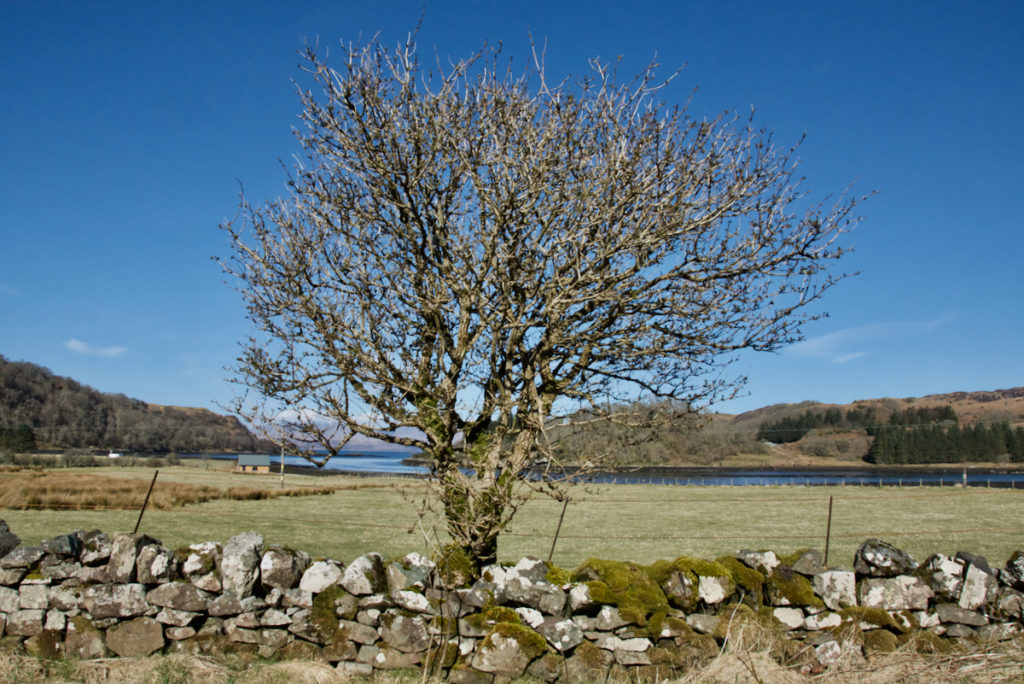
Above and below: Elder near Loch Feochain
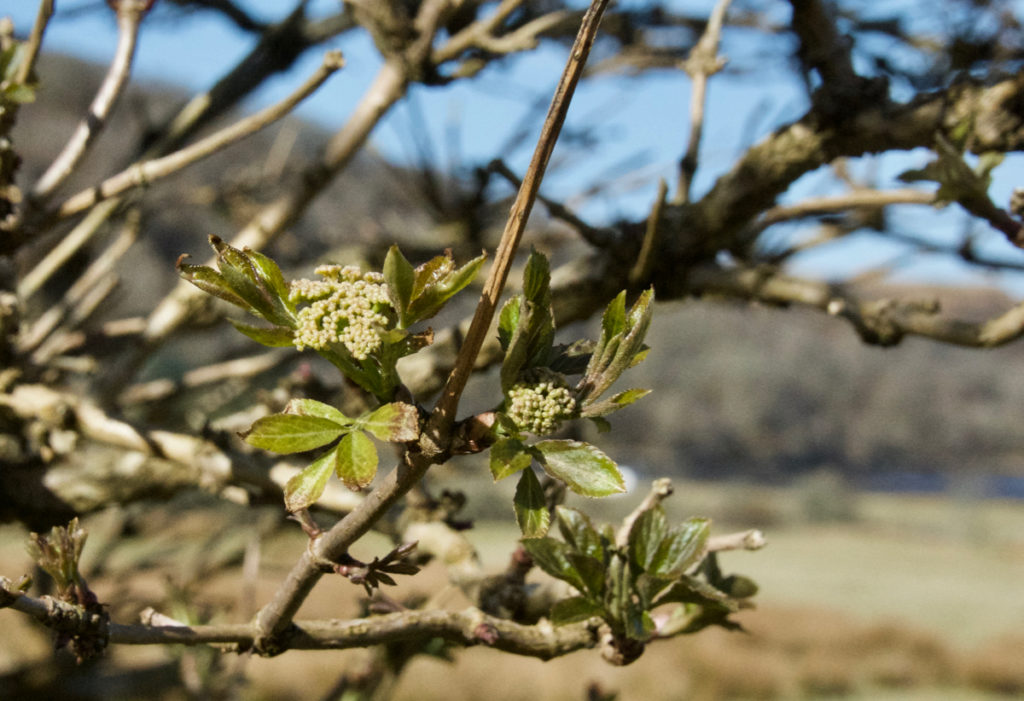
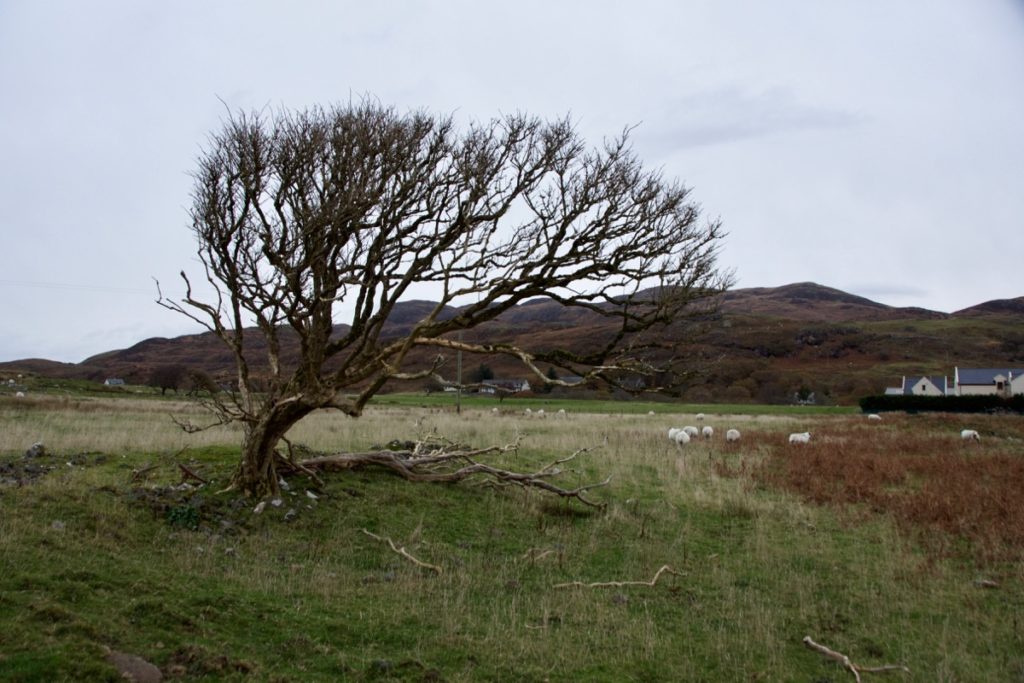
Above and below: Elder tree near Greadal Fhinn, Ardnamurchan, with close-up of Judas’ ear fungi
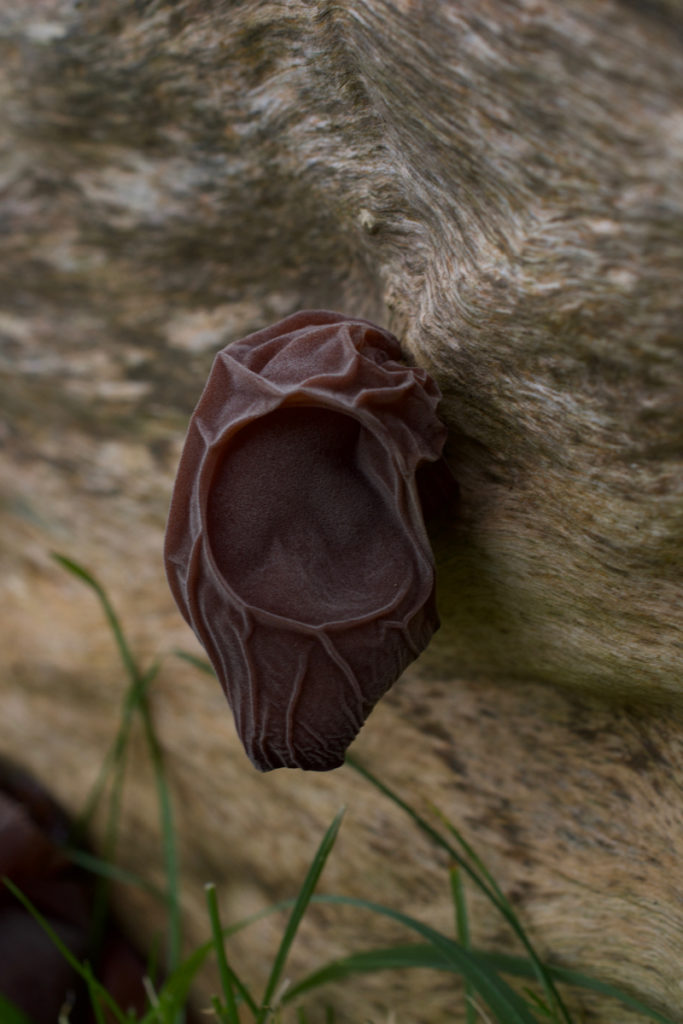
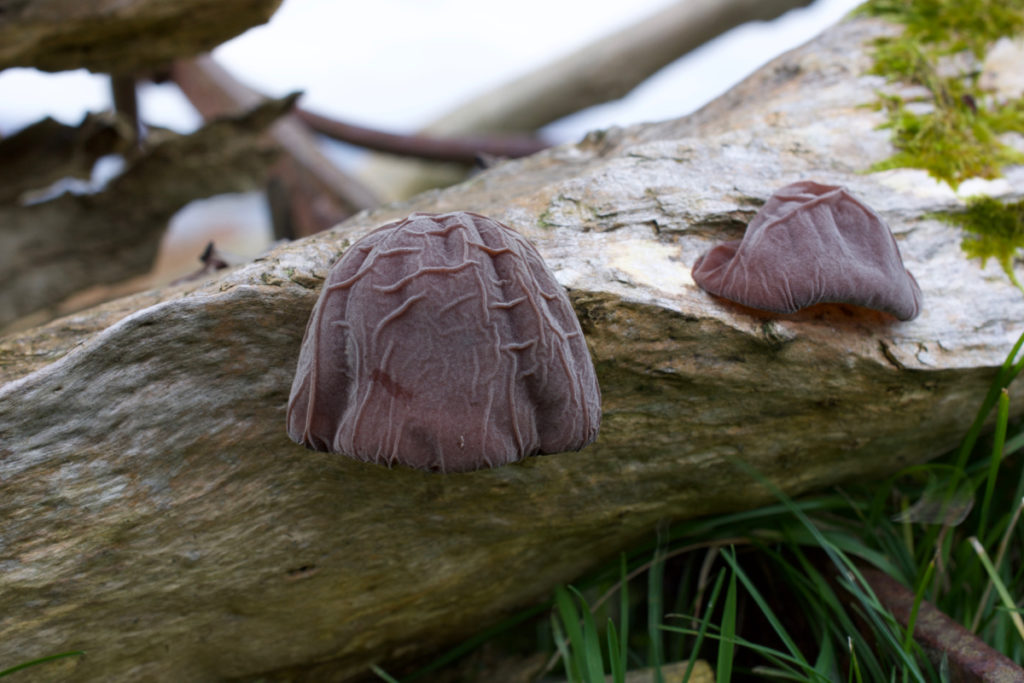 Elder trees, it seems, have a taste for drama, and they flourish in locations that only enhance their reputation…
Elder trees, it seems, have a taste for drama, and they flourish in locations that only enhance their reputation…
It’s fairly easy to spot an elder tree in flower: it will be dotted with frothy, creamy-white flowerheads known as corymbs, each one, on close inspection, consisting of hundreds of tiny florets. The fragrance is distinctive – sickly-sweet and summery. Traditionally, elder flowers have been gathered for all kinds of uses: wine, of course, and cordial; they were fried whole in batter to make ‘frizzets’, and added to sorbets and sauces for delicate flavour. Elderflower water was believed to be an effective skin cleanser, and a refreshing cup of elderflower tea was believed to cure various ailments including coughs, colds and ‘flu.
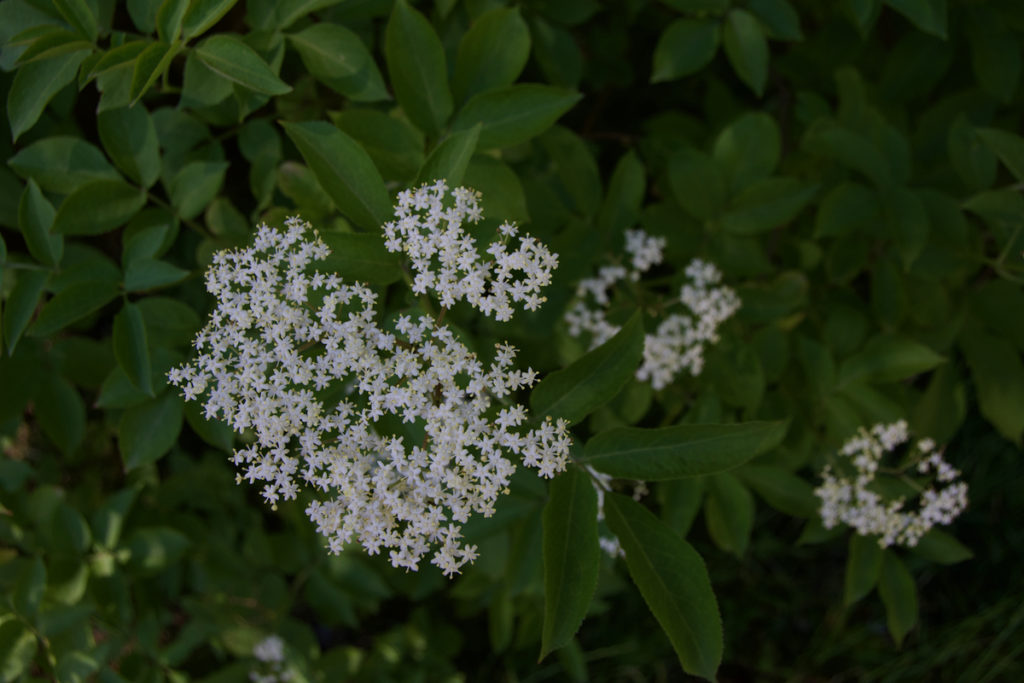 Widespread across Britain, the elder (Sambucus nigra) is a tree of the wayside rather than the woodland, tending to stand alone or in small groups. I was interested to read that the presence of elder trees in remote areas is sometimes thought to be a sign of former human habitation. This is because elders love soil rich in phosphate, and such soils can be found where people have discarded bones from cooking and tipped the ash from fires.
Widespread across Britain, the elder (Sambucus nigra) is a tree of the wayside rather than the woodland, tending to stand alone or in small groups. I was interested to read that the presence of elder trees in remote areas is sometimes thought to be a sign of former human habitation. This is because elders love soil rich in phosphate, and such soils can be found where people have discarded bones from cooking and tipped the ash from fires.
In Anglo-Saxon charters, the mention of ‘elebeam’ is thought to be a variant of ‘ellerbeam’ or elder tree. Further north, in Scotland, the name ‘boortree’ or ‘bourtree’ may allude to its naturally hollow stems, from the word ‘bore’, meaning ‘to pierce’; but ‘boun-tree’ and ‘bountrie’ also occur.
“Bour-tree, bour-tree, crookit rung,
Never straight, and never strong,
Ever bush, and never tree,
Since our Lord was nailed to ye.”
Vernacular Scots verse
In common with several other tree species, including the aspen, the elder was held responsible for providing the wood of Christ’s cross, for which reason its branches were said to droop with shame; and there is an additional story, that this is the tree upon which Judas Iscariot is said to have hanged himself (hence the link with the fungus known as Judas’s ear).
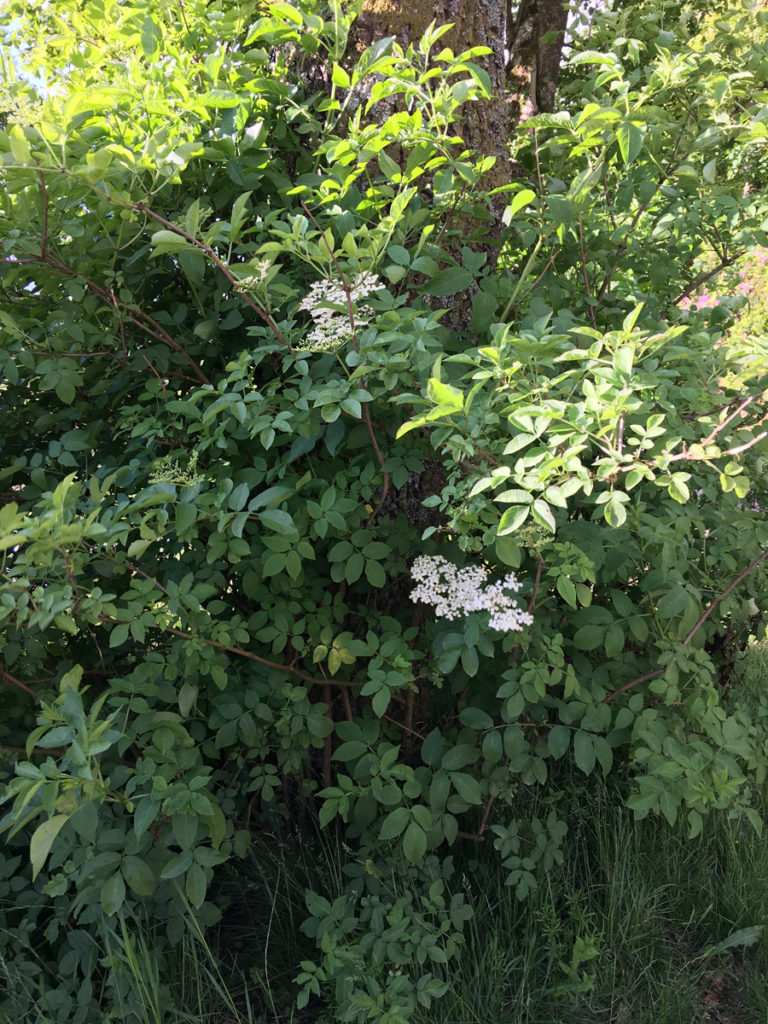 Elder growing at the base of an oak tree
Elder growing at the base of an oak tree
Some sources believe that the Scandinavian tree spirit Hylde-Moer is immortalised in the word ‘elder’, and it may also have arisen from Anglo-Saxon word aeld, meaning ‘fire’. But any connection between elder trees and fire was fraught with danger: the protective deity or Elder Mother would wreak vengeance on anyone cutting her branches, and if they were foolish enough to burn them they would see the Devil. Wise wood-collectors would solemnly seek the Elder Mother’s permission three times over and then venture to cut a few sticks for kindling; elder wood, being light and pithy, is reluctant to burn with any great heat, so its hollow twigs were actually more useful as bellows than as firewood.
The remedies claimed for elder are surprisingly diverse. Elder berries fried with mutton fat were applied to boils and ulcers, while poultices were made for aches and sprains, and to relieve the pain of gout. On a less practical level, toothache could be cured, apparently, by holding a twig in one’s mouth and uttering “Depart, thou evil spirit!” If the elder was cut from consecrated ground it was considered to be a powerful charm, especially if it formed the shape of a cross.
There’s a rather puzzling and delicate balance surrounding the benefit (or otherwise) of elder trees growing near your house. In Scotland, for instance, an elder tree offered protection against lightning and witchcraft, and in the Isle of Man some houses had a ‘tramman’ tree growing by the door or in the garden, to encourage the fairies. But naturalist Gertrude Clarke Nuttall warns that “he who sleeps under an Elder tree will never awake,” and adds that “many a tale has been told of houses hemmed in by Elders, the tree of shade and death, where the dwellers died mysteriously in rapid succession, but which were rendered healthy when the trees were thinned.” (‘Trees and How They Grow’, 1913). So how do you know when you’ve exceeded the limit? For the present, I think I’m happy with an elder tree safely across the road!
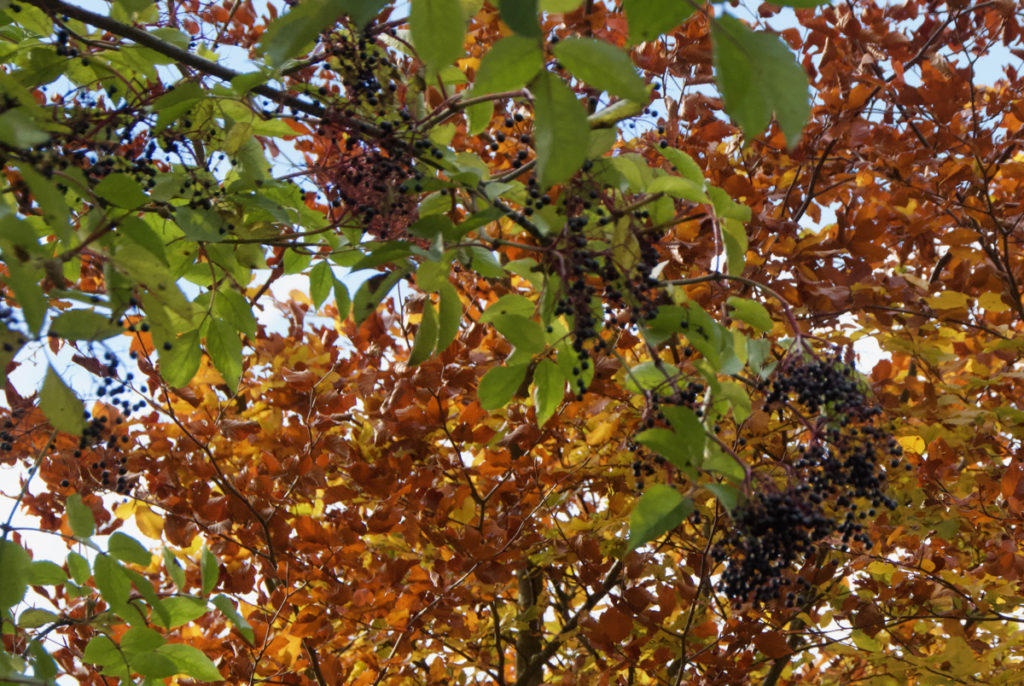 By autumn, the exuberant blossoms of summer have been replaced by clusters of juicy black berries, hanging heavily on the tree. For countless centuries, these have been harvested for making into wines and cordials, bottling as syrups, jams and jellies, and for baking in pies and tarts (beware, as the fruits are toxic if eaten raw.) In ages past, winter’s chill was eased by the Elder Mother: a small clay box containing elder chippings, kept smouldering by a red-hot coal, made an effective hand-warmer; and elderberry syrup was a delicious remedy for a sore throat.
By autumn, the exuberant blossoms of summer have been replaced by clusters of juicy black berries, hanging heavily on the tree. For countless centuries, these have been harvested for making into wines and cordials, bottling as syrups, jams and jellies, and for baking in pies and tarts (beware, as the fruits are toxic if eaten raw.) In ages past, winter’s chill was eased by the Elder Mother: a small clay box containing elder chippings, kept smouldering by a red-hot coal, made an effective hand-warmer; and elderberry syrup was a delicious remedy for a sore throat.
Elder trees are best recognised by their deeply furrowed bark, often on surprisingly slender stems; in summer they bear compound leaves with between five and seven leaflets, somewhat resembling those of an ash, but slightly more oval in outline. They are short trees, at least in this part of Scotland, and their twig joints are quite pronounced, reminding me of arthritic fingers – so it’s pleasing to note that carrying a small piece of elder twig was supposed to alleviate this condition.
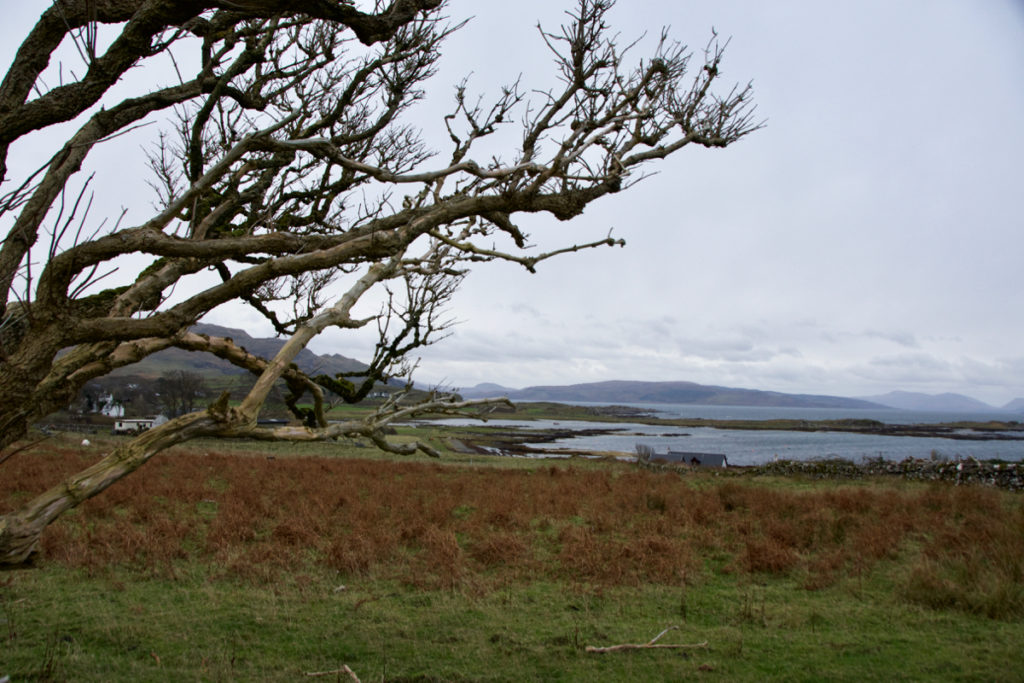
One of the best-known tales involving an elder tree is linked to the Rollright Stones in Oxfordshire. The Rollright Stones comprise a Neolithic stone circle called the King’s Men, an early Neolithic dolmen known as the Whispering Knights, and the King’s Stone, considered to date from the Bronze Age.
The story tells how a king and his soldiers were marching through the countryside near Long Compton with the aim of conquering England. They encountered a witch disguised as old woman, who asked their intention and then challenged the king with these words: “Seven long strides shalt thou take, and if Long Compton thou canst see, King of England thou shalt be!”
The king eagerly took seven strides but found that his view of the village was obscured by a hill. Delighted, the witch exclaimed: “As Long Compton thou canst not see, King of England thou shalt not be. Rise up stick and stand still stone, for King of England thou shalt be none. Thou and thy men hoar stones shall be, and myself an eldern tree.” Instantly, the king and his soldiers were turned to stone, and the witch transformed herself into an elder tree in a nearby hedgerow. This tree, according to some reports, is still growing in the hedge, and if it is cut down the stones will come back to life.
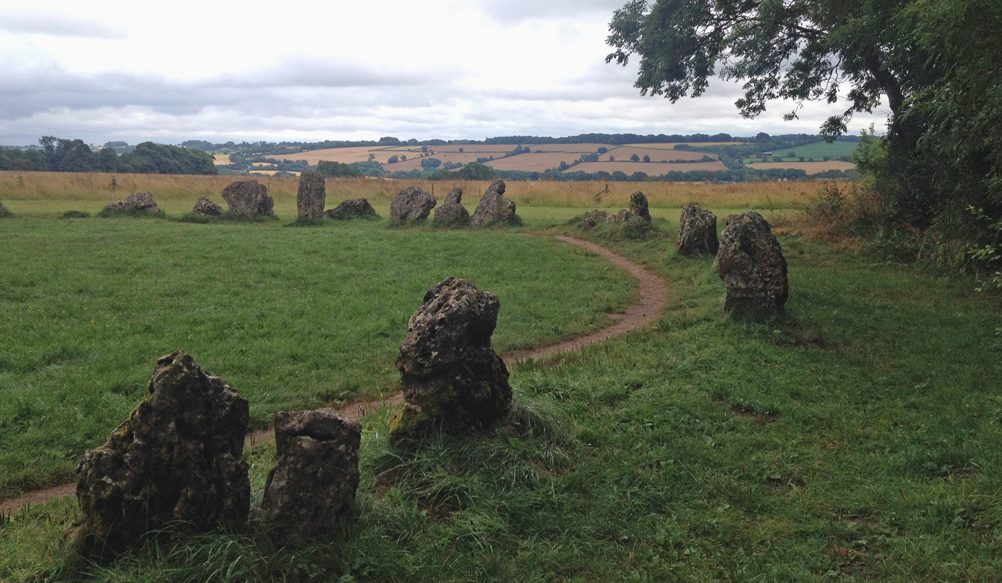 The Rollright Stones
The Rollright Stones
Elder leaves, which have a pungent aroma, were once dried and used as a tobacco substitute. There’s no mention of what properties the smoke might have had, but I’m betting it was quite powerful! On their long processions across country, cattle drovers used elder switches to protect their herds from flies and disease, and hearse-drivers were said to favour elder-wood for the handles of their horse-whips.
In general, elder is not long-lived, although its gaunt appearance suggests a great age; but what it lacks in stature it makes up for in presence. Our ancestors would have respected and even feared this tree… but it seems that, once you have won the favour of the Elder Mother, she is a loyal and powerful ally. This summer, I might just ask for permission before cutting a flower or two.
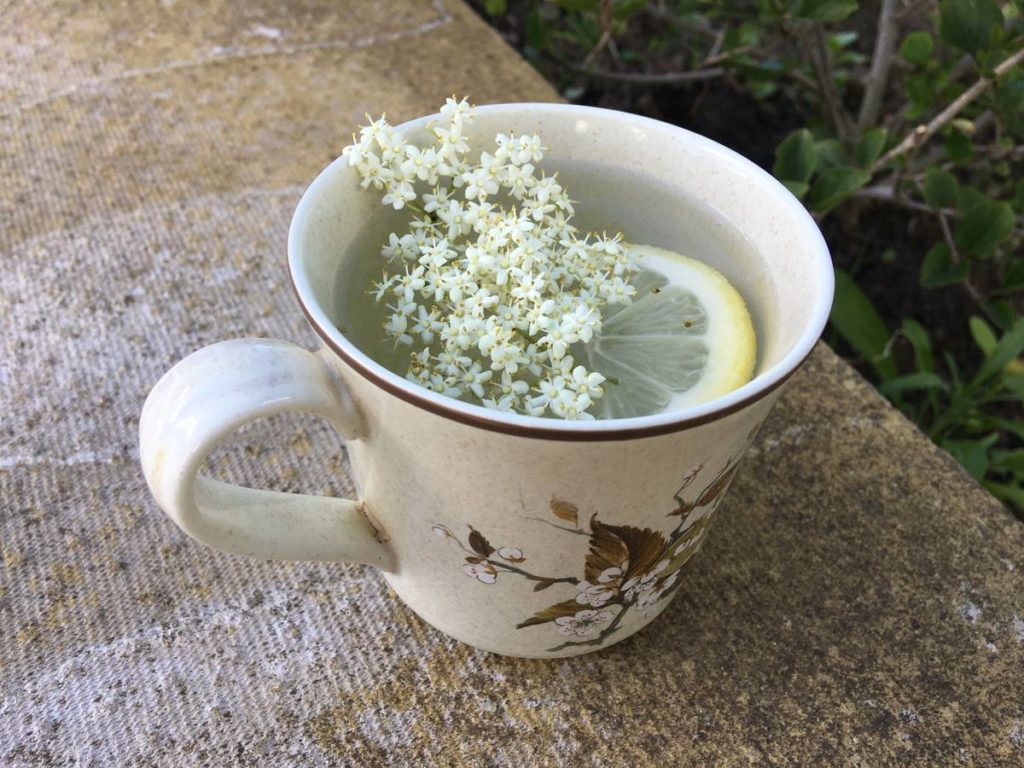
Further reading:
- ‘The History of the Countryside‘ by Oliver Rackham
- ‘Trees of Britain and Ireland‘ by Edward Milner
- Trees and How They Grow‘ by Gertrude Clarke Nuttall (1913)
- ‘Wayside and Woodland Trees‘ by Edward Step
- ‘A Dictionary of Plant Lore‘ by Roy Vickery
- ‘Flora Britannica‘ by Richard Mabey
- Dictionary of the Scots language
- The Rollright Stones
Images copyright © Colin & Jo Woolf

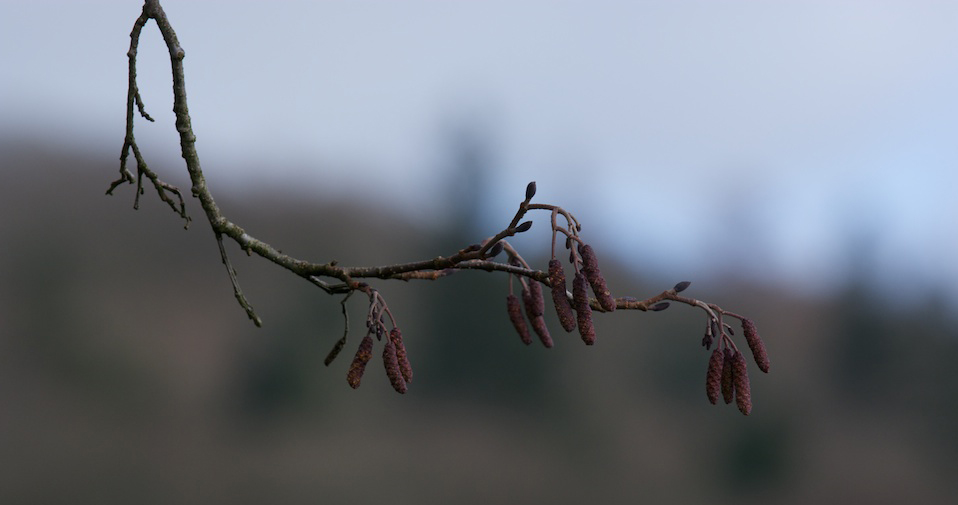
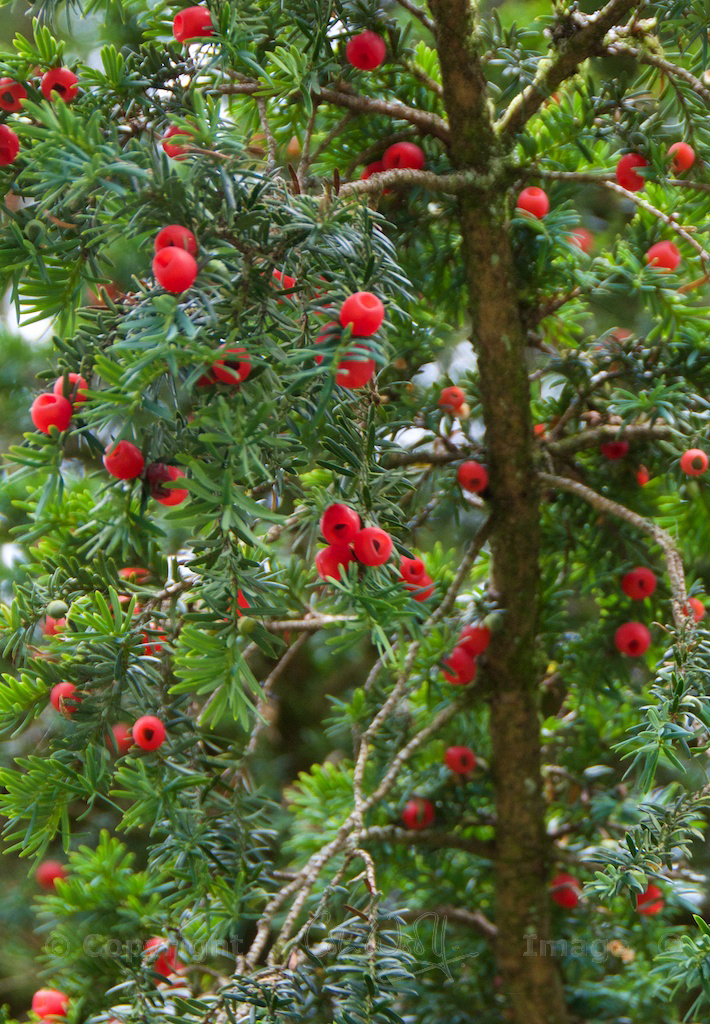
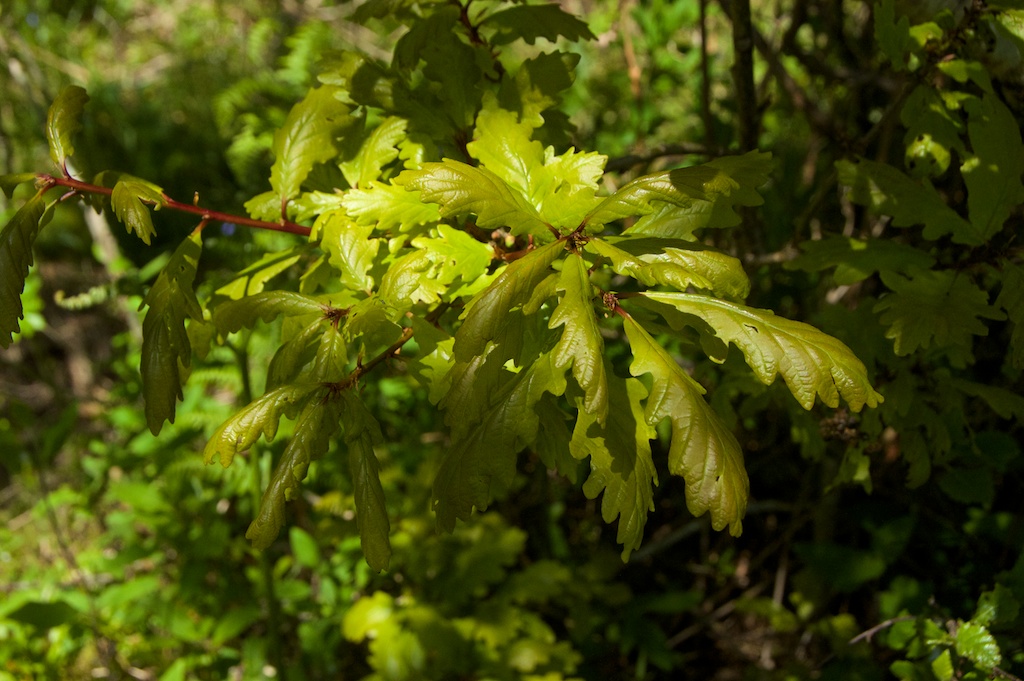
14 Comments
Richard AG
Thank you for this wonderful article Jo, and for this treasure trove of a website! I’m currently on a course where we’ve been looking at some of the sacred plants, animals and rituals of indigenous peoples in America, and it’s really awakened me to knowing more about the traditions and folklore of where I stay, in the Highlands. I’ll look forward to reading plenty more on here.
Jo Woolf
You’re most welcome, Richard, and thank you for your lovely comment! That sounds like a fascinating course! I’ve been learning so much myself about the traditions and folklore connected with Britain’s trees, and I’m finding a whole new world of wisdom opening up!
Bekki Shining Bearheart
I love this post on the Elder. Thank you so much! I love all of your posts, but especially the ones on the trees. I live in Ithaca NY and grow Sambucus nigra here in my herb gardens.I have found both the “indigenous” one and some of the fancy European cultivars through One Green World, a nursery that specializes in food plants from around the world. I am half Danish, and Hans Christian Andersen wrote a lovely fairy tale about the Elder Mother, which I share with my shamanic students who study fairy lore and plant spirit medicine with me. In it Andersen shares the medicinal lore and properties of Elder, in this story of a little boy who is sick with a cold. During a fever he has a vision of the Elder Mother coming out of the tea pot to heal him. That’s the short version– there is more to the story– but it points out how important the Elder is to European folk culture.
Jo Woolf
Oh wow! Thank you for sharing that lovely story. It does go to show how much our ancestors knew – it was second nature to them. How lovely that you’re growing trees and helping people study the lore and medicine connected with them. That must be rewarding and fascinating!
Finola
Lovely post. I’m a little addicted to elderflower drinks – current favourite is quinine-based. Love the stories.
Jo Woolf
Oh really? I’ve had some elderflower tea today – plenty of blossom around now. Thank you, Finola, glad you enjoyed it!
Mary Smith
Really enjoyed this post and learned a lot
Jo Woolf
Thank you, Mary!
Cornell
I like elderflower drink. And even tea, especially if I got a cold.
We have many elder tress on our garden.
Jo Woolf
I love it too, Cornell! I think it’s very good for you. I add just a teaspoon of honey! We have lots of elders round here too – very pretty at the moment with all the blossom.
montucky
Interesting. We have elders here, but they do not grow as a large tree, but much smaller. The berries are used in wine making and a friend used their juice to add to other jellies. It’s species is Sambuscus caerulea.
Jo Woolf
I’ve just looked that up – beautiful light blue-grey berries! I’m guessing that’s where the ‘caerulea’ comes from!
dinahmow
I am familiar with the old saw “Old woman of the Elder Tree, please may I have some of your wood and, when I am old, you may have some of mine.” Also, though I have no evidence of veracity, a plea to the Elder Lady, when a small piece of elder was worked into a child’s cradle, to “watch over this babe.” Obviously,being a weak timber it would never have been used to make a whole cradle, but the idea of a small piece being worked into one is understandable.
Jo Woolf
That’s very interesting! Thank you for sharing that – I hadn’t heard it before. I’m certainly noticing more elder trees now, as well!